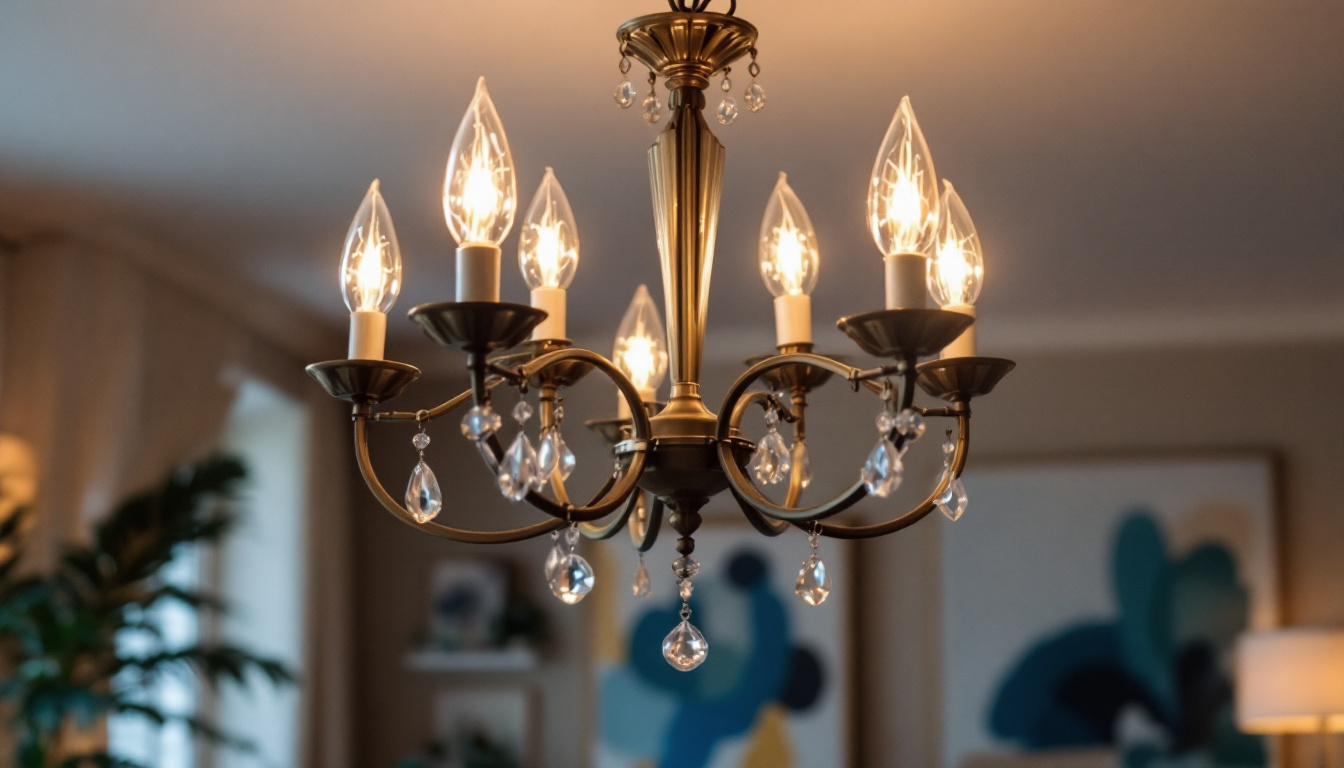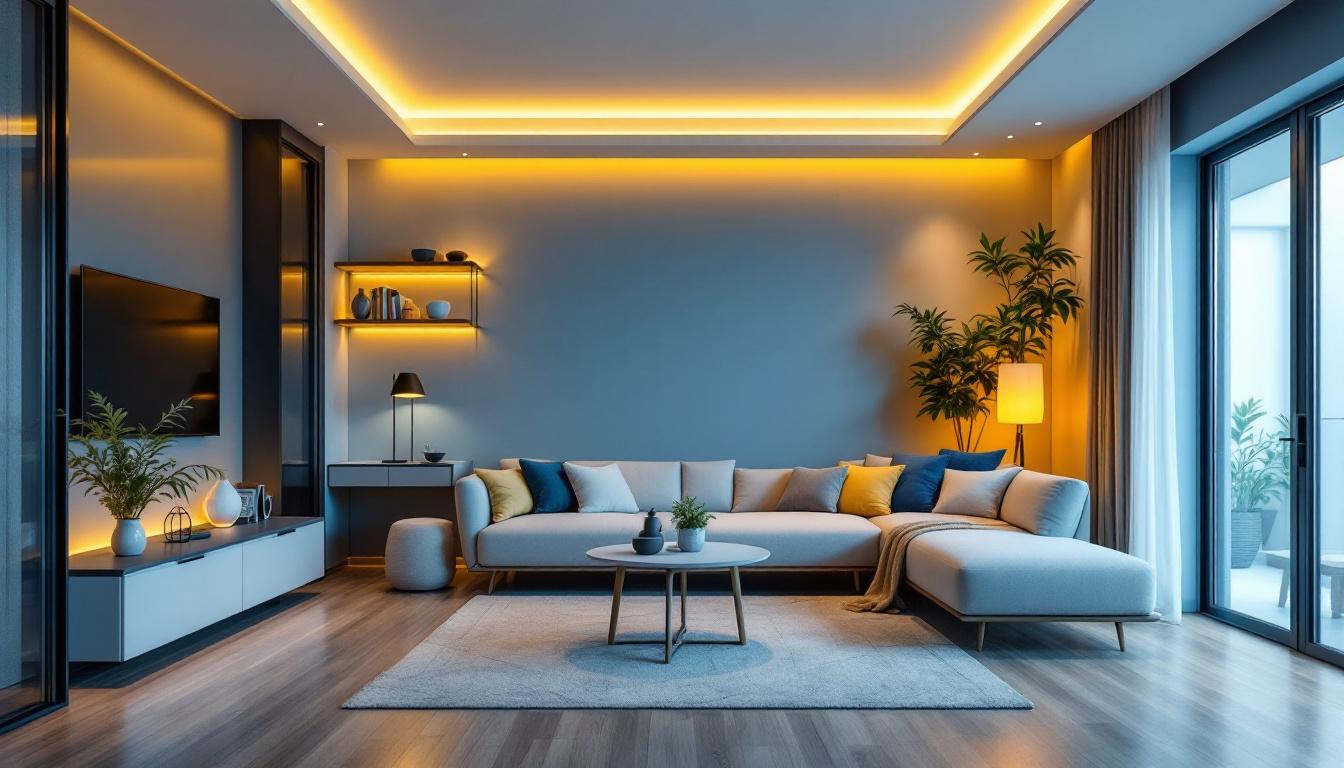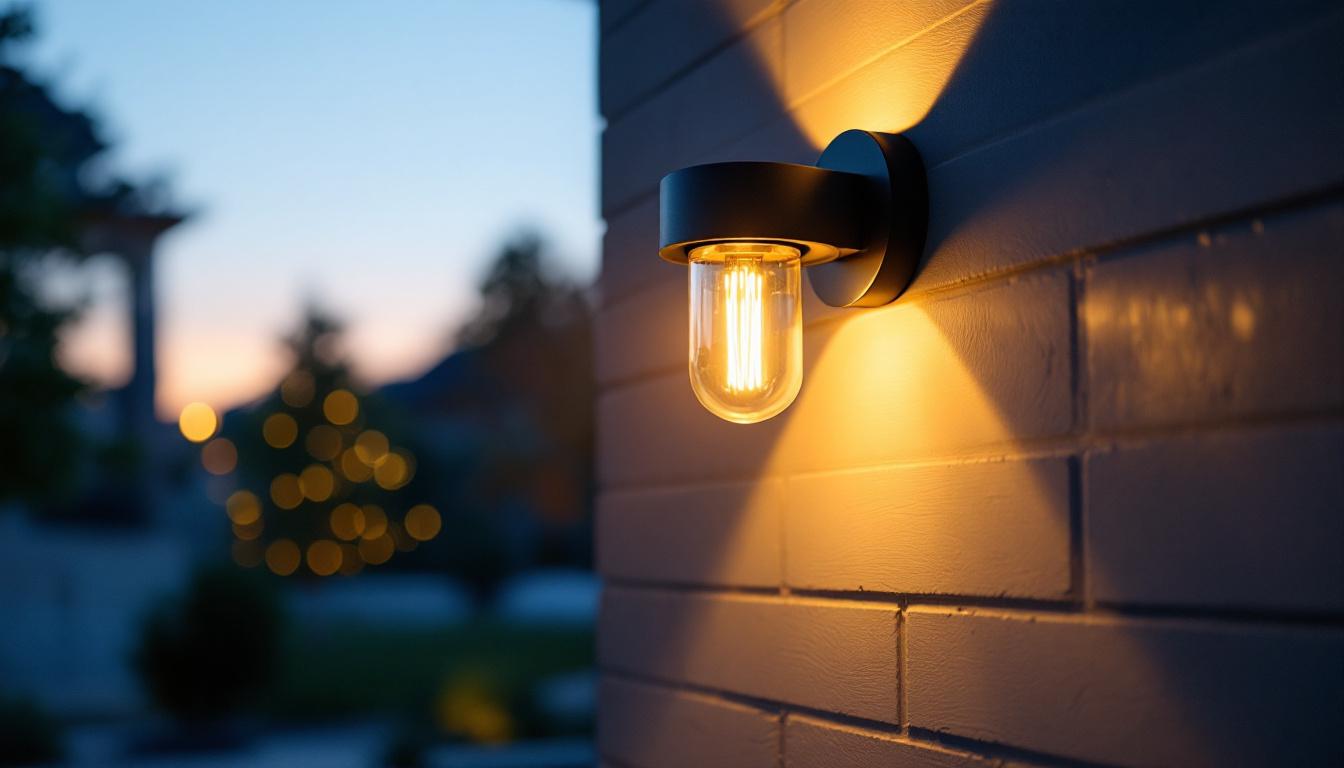
Chandeliers are more than just lighting fixtures; they are statement pieces that can elevate the aesthetic of any space. For lighting contractors, understanding the intricacies of chandelier light fixtures is essential for providing clients with the best options tailored to their needs. This article aims to break down the key aspects of chandeliers, including their types, installation considerations, and maintenance tips, all within a concise framework.
Chandeliers come in various styles and designs, each serving a unique purpose and aesthetic appeal. Familiarity with these types can help contractors recommend the right fixture for different environments.
Traditional chandeliers often feature ornate designs with multiple arms and intricate detailing. They are typically made from materials like crystal, glass, or metal, and are designed to reflect light beautifully. These fixtures are ideal for formal dining rooms, ballrooms, or grand entryways, where elegance is paramount.
When working with traditional chandeliers, it is crucial to consider the ceiling height and the overall decor of the space. The right chandelier can enhance the room’s grandeur, while the wrong choice may overwhelm or underwhelm the design. Additionally, traditional chandeliers often come with various finishes, such as polished brass or antique bronze, which can further influence the overall aesthetic. Selecting a finish that harmonizes with other elements in the room, such as furniture and wall colors, can create a cohesive look that elevates the entire space.
In contrast, modern chandeliers embrace minimalism and clean lines. These fixtures often utilize innovative materials such as acrylic or metal, and their designs may incorporate geometric shapes. Modern chandeliers are versatile and can fit into various settings, from contemporary homes to upscale restaurants.
Contractors should note that the installation of modern chandeliers may require different mounting techniques due to their lighter weight and unique structures. Understanding these nuances can ensure a seamless installation process. Furthermore, many modern chandeliers incorporate energy-efficient LED lighting, which not only reduces electricity costs but also provides a longer lifespan compared to traditional bulbs. This eco-friendly aspect can be a selling point for clients looking to make sustainable choices in their home design.
Transitional chandeliers blend elements from both traditional and modern styles, making them adaptable to a wide range of decor. These fixtures often feature a mix of materials and designs, allowing them to complement both classic and contemporary interiors.
When recommending transitional chandeliers, it is essential to assess the existing decor and the client’s personal style. This adaptability makes transitional chandeliers a popular choice for many homeowners. Additionally, transitional designs often include adjustable features, such as dimmable lights or adjustable heights, which can enhance functionality and allow for customization based on the occasion. This flexibility not only caters to the aesthetic preferences of the homeowner but also provides practical solutions for varying lighting needs throughout the day and night.
proper installation is critical for the functionality and safety of chandelier light fixtures. Lighting contractors must be aware of various factors that can affect the installation process.
The height of the ceiling plays a significant role in chandelier installation. For standard ceilings, chandeliers should hang approximately 30 to 36 inches above the table in dining areas. In spaces with higher ceilings, the fixture can be hung higher, but it is essential to maintain a visual connection with the room.
Additionally, the type of ceiling—flat, sloped, or vaulted—can impact the installation. Contractors should be prepared to use different mounting techniques and hardware to accommodate various ceiling types and ensure the chandelier is securely installed. For instance, in vaulted ceilings, a downrod may be necessary to achieve the correct height and orientation, allowing the chandelier to be visually appealing while also providing adequate illumination. Furthermore, the aesthetic of the chandelier can be enhanced by considering the architectural features of the space, ensuring that the fixture complements the overall design.
Before installation, it is vital to assess the electrical system in place. Chandeliers often require specific wattage and voltage, and ensuring that the existing wiring can support the new fixture is crucial. Contractors should check for any necessary upgrades to the electrical system, including circuit breakers or wiring, to prevent future issues.
Moreover, understanding the chandelier’s power source is essential. Some modern chandeliers may incorporate LED technology, which requires different considerations compared to traditional incandescent fixtures. LED chandeliers not only offer energy efficiency but also come in a variety of color temperatures, allowing homeowners to customize the ambiance of their space. Contractors should also be aware of dimmer compatibility, as not all dimmers work seamlessly with LED fixtures, which can lead to flickering or reduced lifespan of the bulbs.
Chandeliers can vary significantly in weight, and proper support is necessary to ensure safety and stability. Heavy chandeliers may require additional support brackets or reinforcement in the ceiling. Contractors should assess the fixture’s weight and ensure that the mounting hardware is rated for the chandelier’s load.
Using the appropriate anchors and screws is essential to prevent accidents and ensure that the chandelier remains securely in place over time. In addition to weight considerations, the design of the chandelier can influence the installation process. For example, intricate designs with multiple arms or hanging crystals may require careful alignment to maintain balance and aesthetic appeal. It is also advisable to consider the potential for movement caused by air currents or vibrations, particularly in high-traffic areas, and to install the chandelier in a way that minimizes any risk of swaying or instability.
Cleaning chandeliers can be a delicate task, especially for those with intricate designs or crystal elements. It is advisable to use a soft, lint-free cloth to avoid scratching the surface. For crystal chandeliers, a mixture of warm water and mild soap can be used to gently clean the crystals, followed by a thorough drying process to prevent water spots.
Contractors should recommend that clients avoid using harsh chemicals or abrasive materials, as these can damage the finish and overall appearance of the chandelier.
Encouraging clients to perform regular inspections can help identify potential issues before they become significant problems. Checking for loose bulbs, frayed wires, or signs of wear can ensure that the chandelier remains in optimal condition.
During inspections, contractors should advise clients to pay attention to the electrical components, ensuring that everything is functioning correctly and safely.
For chandeliers that require more extensive maintenance, such as rewiring or repairs, it is wise to recommend professional servicing. Lighting contractors can either offer these services or refer clients to qualified electricians who specialize in chandelier maintenance.
By guiding clients toward professional help when necessary, contractors can ensure that chandeliers remain safe and functional while preserving their aesthetic appeal.
When selecting a chandelier for a client, several factors should be considered to ensure that the fixture aligns with their vision and the space’s requirements.
The style of the chandelier should complement the overall decor of the space. Contractors should engage in discussions with clients to understand their preferences, whether they lean towards traditional elegance, modern minimalism, or a blend of styles. This understanding will guide the selection process and ensure client satisfaction.
Additionally, color and finish play a crucial role in the aesthetic appeal of the chandelier. Options range from polished chrome to antique brass, and the right choice can enhance the room’s ambiance.
Understanding the intended use of the space is vital in selecting the right chandelier. For instance, a dining room chandelier should provide ample light for meals, while a chandelier in a foyer may serve more as a decorative piece than a primary light source.
Contractors should also consider the type of bulbs used in the chandelier, as this can affect brightness and energy efficiency. LED options are increasingly popular due to their longevity and energy savings.
Budget constraints are often a significant factor in chandelier selection. Contractors should be prepared to present a range of options that fit within the client’s budget while still meeting their aesthetic and functional needs.
It is essential to explain the value of investing in quality fixtures, as they tend to last longer and require less maintenance over time. Providing clients with a clear understanding of the cost versus value can help them make informed decisions.
Chandeliers are a captivating addition to any space, and understanding their various types, installation requirements, and maintenance needs is crucial for lighting contractors. By familiarizing themselves with these aspects, contractors can provide valuable insights and recommendations to clients, ensuring that each chandelier not only illuminates but also enhances the beauty of the environment.
From traditional to modern designs, the right chandelier can transform a room, creating a stunning focal point that reflects the client’s style. By considering factors such as ceiling height, electrical requirements, and maintenance, contractors can ensure a successful installation and long-lasting satisfaction for their clients.
Ultimately, chandeliers represent more than just light; they embody elegance, style, and a touch of luxury. For lighting contractors, mastering the art of chandelier selection and installation can lead to enhanced client relationships and a reputation for excellence in the field.
Ready to elevate your lighting projects with the finest chandeliers and unparalleled value? Look no further than LumenWholesale. Our commitment to providing contractors with top-quality, spec-grade lighting products at wholesale prices ensures that you can bring luxury and style to any space without the premium cost. With an extensive selection that meets the highest industry standards and the convenience of free shipping on bulk orders, LumenWholesale is your go-to source for reliable, high-performance lighting. Don’t compromise on quality or affordability. Discover wholesale lighting at the best value today and make every installation a masterpiece.

Discover the essentials of boosting your lighting sales in just five minutes.

Explore the rising significance of LED retrofit recessed lighting in the evolving lighting industry.

Discover how outdoor garage sconce lights are transforming the business landscape for lighting contractors.

Discover the key differences between T8 and T12 bulbs with our comprehensive lighting contractors’ checklist.